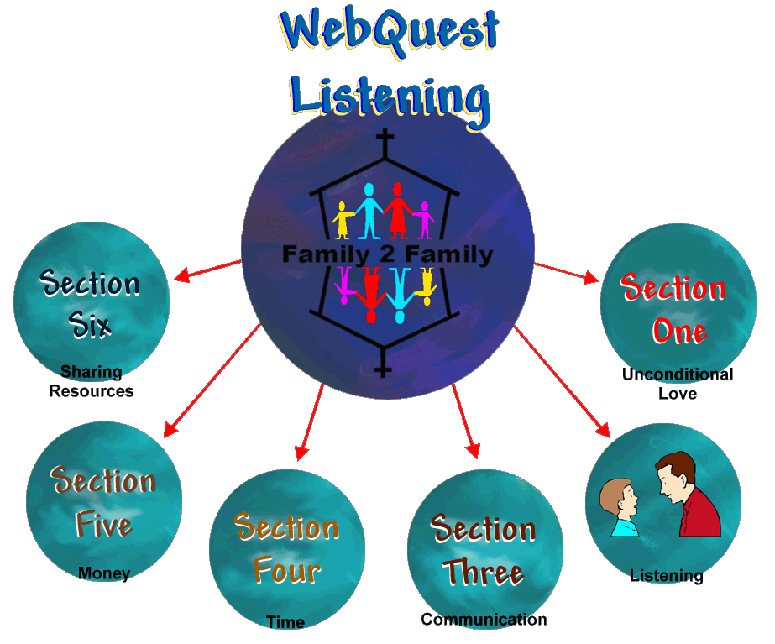
|
||||
|
||||
|
||||
|
||||
|
STEP 1 | STEP 2 | STEP 3 | STEP 4 | STEP 5 | STEP 6 Step 3: Develop a Problem Statement
"What is this families problem" Problem Statement Discussion Boards
|
||||
|
STEP 1 | STEP 2 | STEP 3 | STEP 4 | STEP 5 | STEP 6 Step 4: Gather information on the Web Search for what you need to know about your study
|
||||
Need Help? View Hypothesis Helps "What should we do?" Hypothesis Statement Discussion Boards
|
||||
Need Help? View Reflection Helps "Conclusion" Reflection Statement Discussion Boards
|
||||
|
 newlyweds
newlyweds
 blended family with step children
blended family with step children